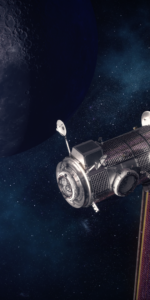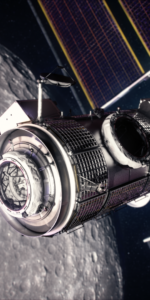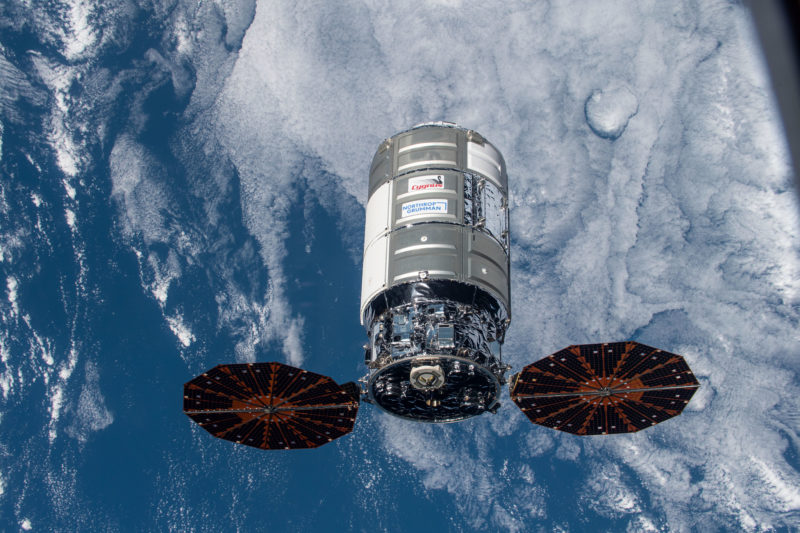
Only days after the NG-14 Cygnus ended its multi-month mission to the International Space Station (ISS), Northrop Grumman Corp. is readying another cargo ship to deliver a further 8,200-pound (3,700 kg) haul of experiments, equipment and supplies to the seven-strong crew of the sprawling multi-national orbital outpost. Launch of the NG-15 mission, whose name recognizes former “Hidden Figure” Katherine Johnson, who died last year, is targeted for no earlier than 12:36 p.m. EST on Saturday, 20 February, from Pad 0A at the Mid-Atlantic Regional Spaceport (MARS) on Wallops Island, Va.
An (40.5-meter) Antares 230+ booster will lift the Cygnus spacecraft into low-Earth orbit, where it will head for a berthing at the ISS approximately two days later. Fittingly, as America observes Black History Month, the naming of NG-15 for Johnson—and the presence of the first long-duration African-American crew member aboard the station—adds particular poignancy to this mission.
Naming the spacecraft for Johnson comes almost exactly a year since the former NASA mathematician’s death, aged 101, in February 2020. “Johnson’s handwritten calculations were critical for John Glenn’s successful orbital mission around the Earth,” explained Northrop Grumman.
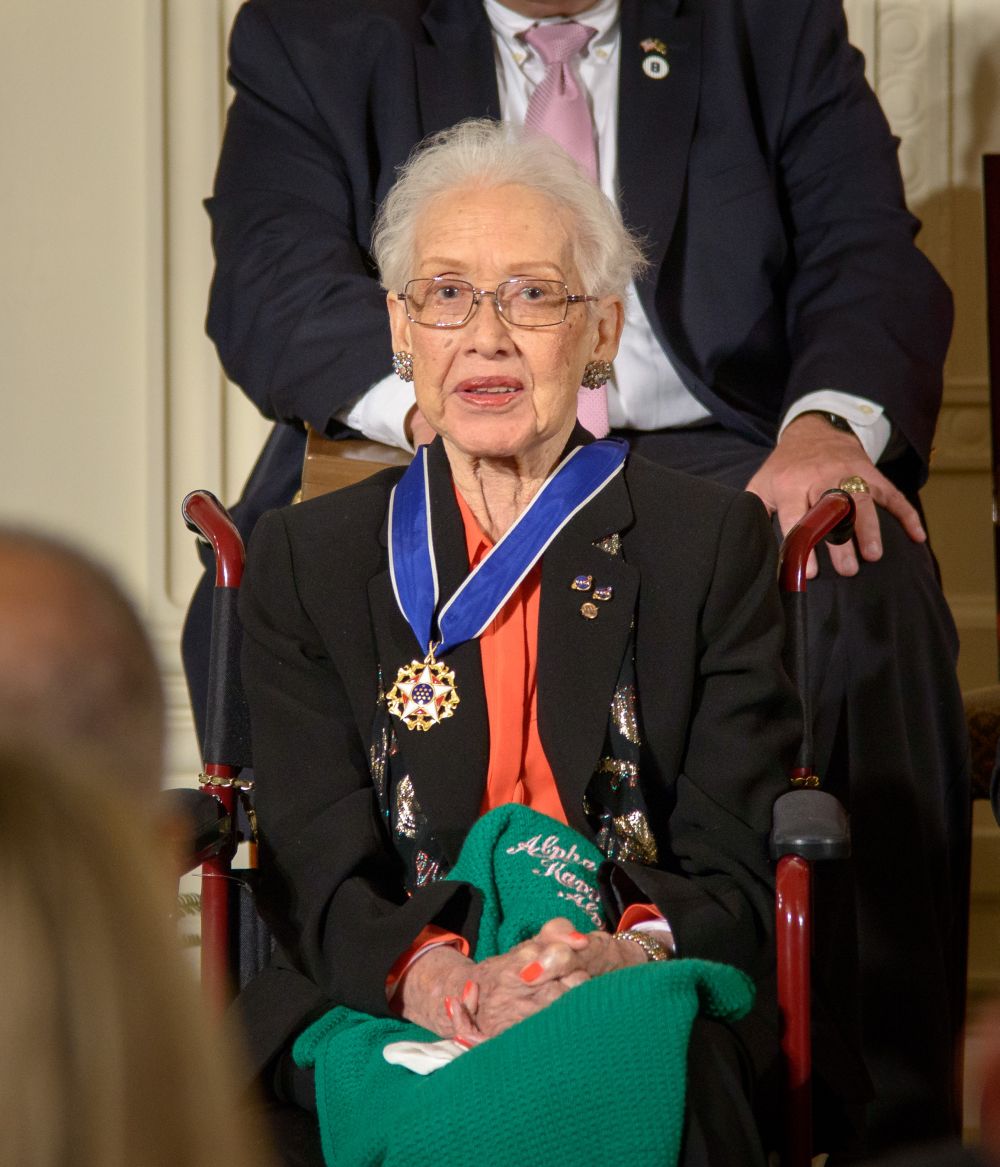
Born in August 1918 in White Sulphur Springs, W.V., she was enrolled at West Virginia State College, aged just ten, because her parents’ home county did not offer public schooling for black students past the eighth grade. Johnson graduated from high school aged 14 and entered West Virginia State, “where she took every math class offered by the school, causing professors to create additional courses just for her”.
She completed degrees in mathematics and French by the age of 18, became the first African-American woman to enter graduate school at West Virginia University and was one of only three black students selected to integrate the program. After starting her family, Johnson joined the National Advisory Committee for Aeronautics (NACA)—the forerunner of today’s NASA—in Langley, Va., and later the Space Task Group (STG), one of whose overarching goals was to put an American man into space.
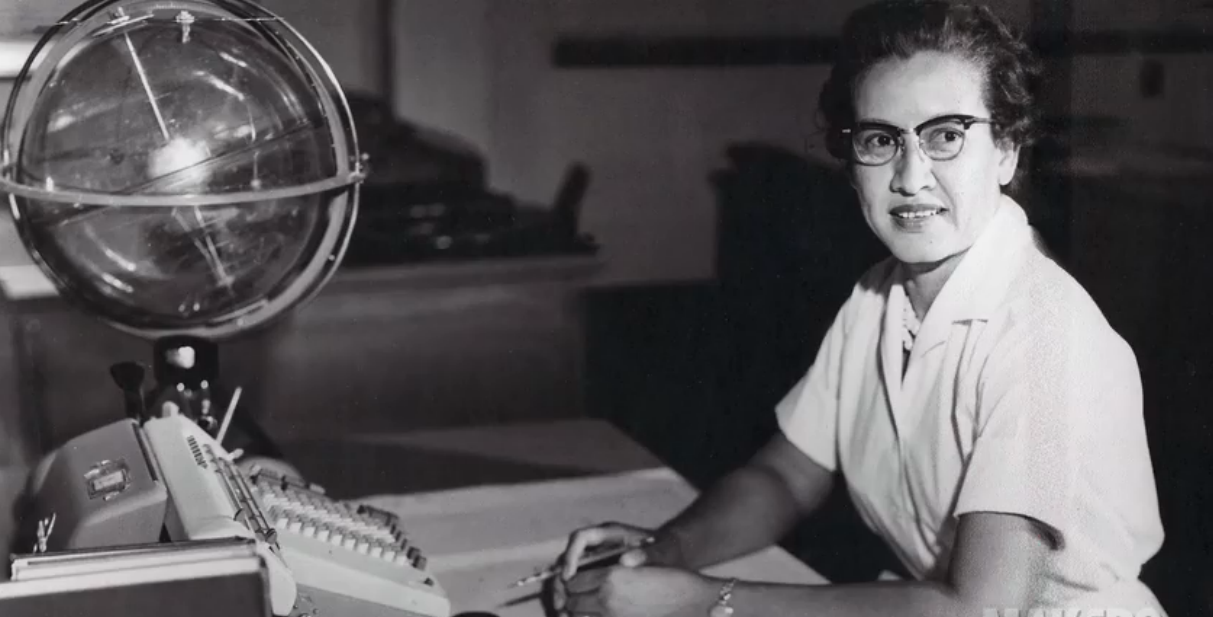
Whilst working with the STG, Johnson provided the trajectory analysis for Al Shepard’s suborbital flight aboard the Freedom 7 capsule in May 1961 and later became the first woman credited as the author of a NASA research paper. However, perhaps her greatest (and most publicly known) contribution came in relation to Friendship 7 in February 1962, when John Glenn became the first American to orbit the globe.
“Glenn specifically requested that Johnson run the computer’s calculations by hand to proofread its work,” Northrop Grumman noted. Glenn’s confidence in Johnson’s capabilities was such that he remarked: “If she says they’re good, then I’m ready to go!”

After a 33-year career with NASA, Johnson retired in 1986 and went on to be awarded the Presidential Medal of Freedom by former President Barack Obama in 2015. “Her work at NASA,” Northrop Grumman concluded, “quite literally launched Americans into space and her legacy continues to inspire young black women every day.”
Johnson’s mechanized namesake is currently deep into processing for its voyage into space. In previous comments provided to AmericaSpace, Northrop Grumman advised that the two-day process to fuel the NG-15 Cygnus spacecraft commenced on 23 January, ahead of transfer to the Horizontal Integration Facility (HIF) at Wallops on the 27th for Initial Cargo Loading.
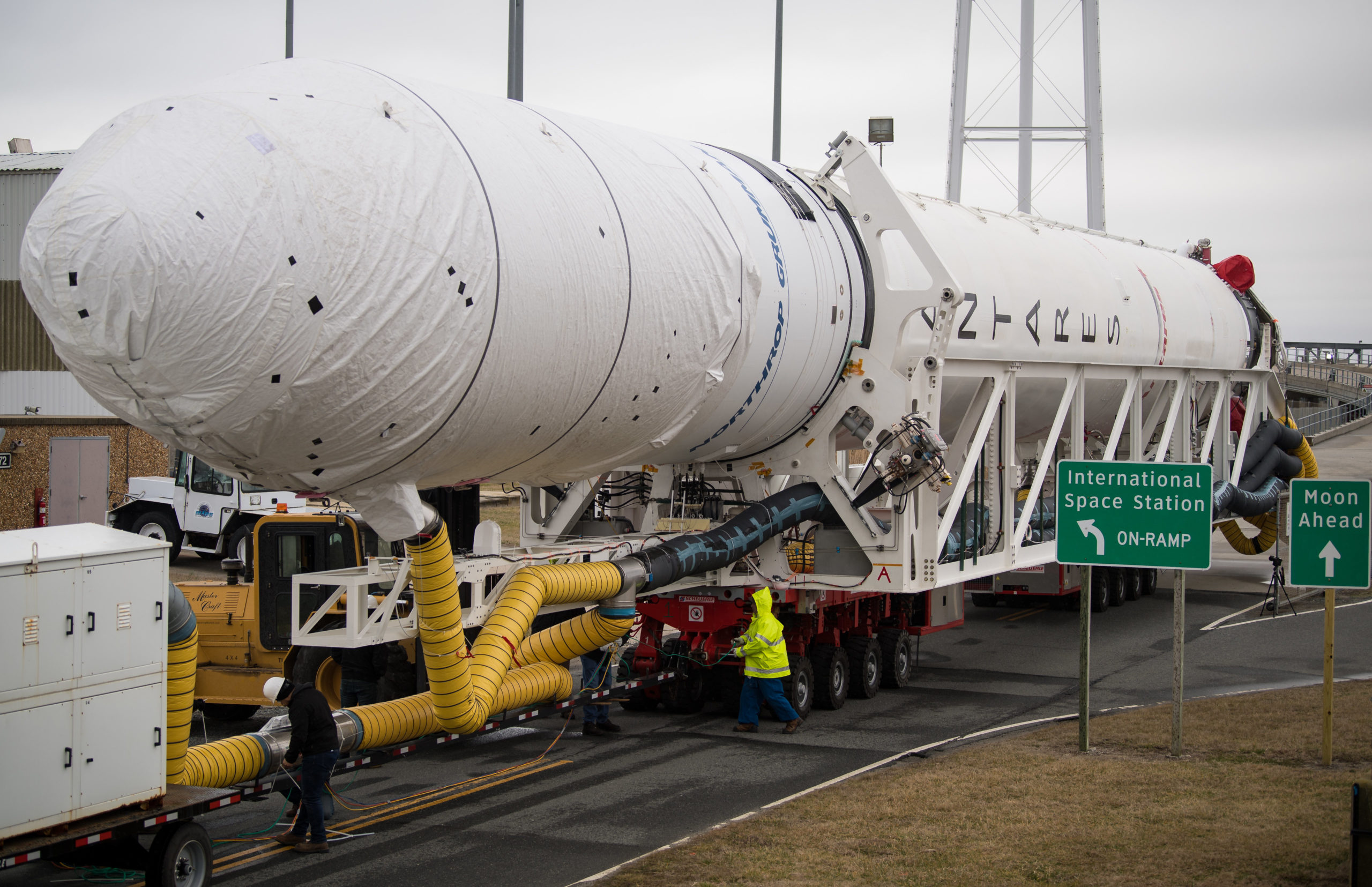
This got underway last week, prior to integration atop the 133-foot-tall (40.5-meter) Antares 230+ booster and an anticipated beginning of Late Cargo Loading on Saturday. The payload fairing will be installed on Sunday and rollout of the stack—in a horizontal orientation—out to Pad 0A is planned for Tuesday, 16 February. Final Cargo Loading operations will then occur between Wednesday and Friday, preparatory to Saturday’s scheduled lunchtime liftoff.
Following insertion into low-Earth orbit at an altitude of 110 miles (178 km), Cygnus will separate from the second stage of the rocket and deploy its twin fan-like solar arrays to begin a two-day chasedown of the space station.
Assuming an on-time launch, the spacecraft will be captured by the 57.7-foot-long (17.6-meter) Canadarm2 robotic arm at about 4:30 a.m. EST on 22 February and berthed at the Earth-facing (or “nadir”) port of the Unity node at about 6:30 a.m. EST. “The current plan from NASA is for NG-15 to depart ISS in late April,” Northrop Grumman told AmericaSpace. “The departure date is always subject to change, based on NASA’s needs for supporting disposal needs. The post-departure experiments for NG-15 are still being confirmed.”
To date, 15 Cygnuses have been launched to the ISS since September 2013, although one of their number—the unlucky ORB-3 in October 2014—was lost in a fiery conflagration following an Antares first-stage engine malfunction, seconds after liftoff.
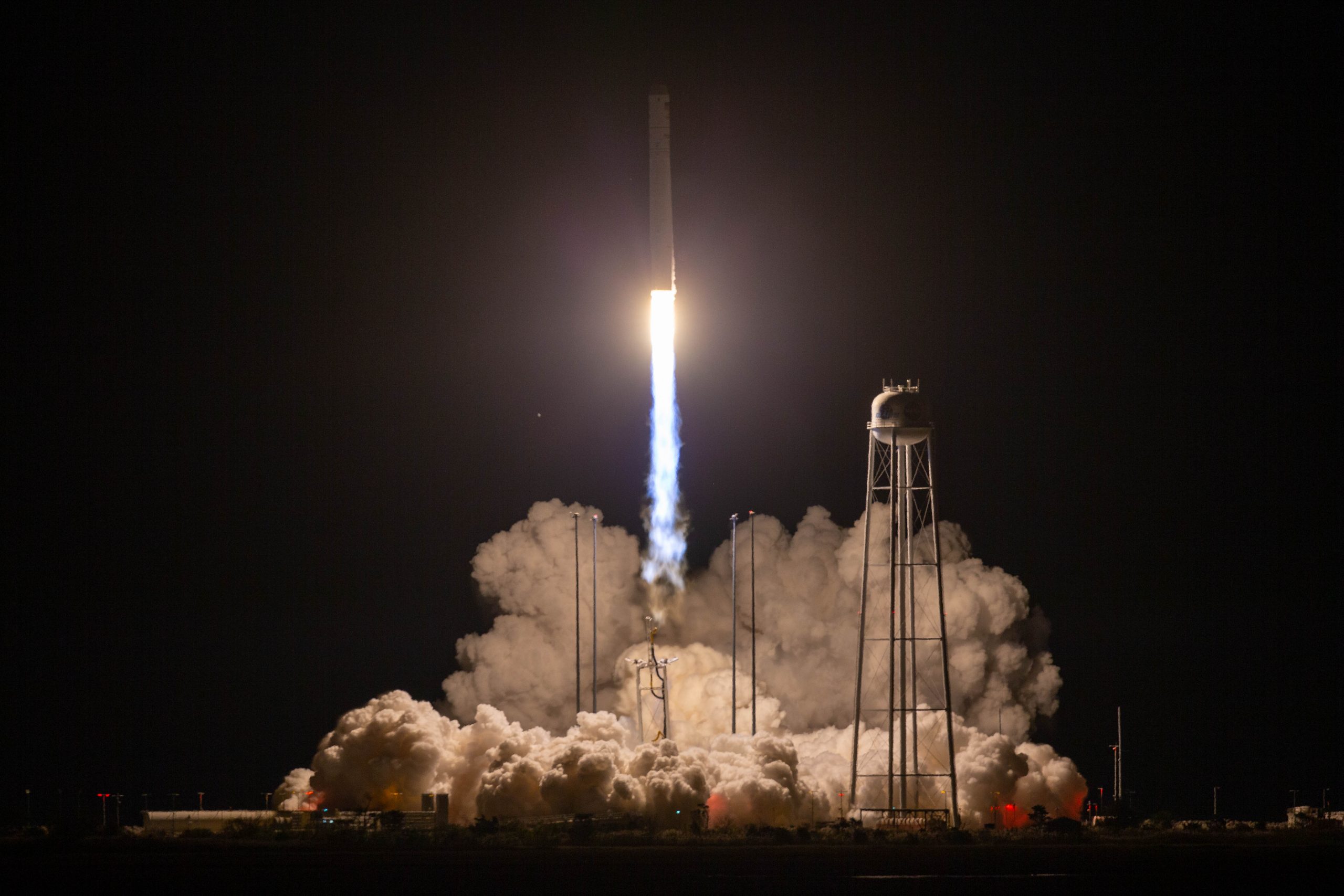
Since December 2015, all missions have utilized the Enhanced Cygnus, which benefits from a 40-percent larger payload capacity than its predecessor, the Standard Cygnus. NG-15 also represents the fourth Northrop Grumman mission to fly under the second-phase Commercial Resupply Services (CRS2) contract with NASA. Its more than 8,200 pounds (3,700 kg) of payloads include a second flight of the Spaceborne Computer, an experiment to develop artificial retinas in space and an investigation into the genetic expression of roundworms.
Provided by Hewlett Packard Enterprise (HPE), the Spaceborne Computer-2 marks the second generation in a series of high-performance, commercial off-the-shelf computers to be trialed for long durations aboard the ISS. Led by Principal Investigators Mark Fernandez and David Peterson of HPE, it is expect to build upon the success of the first Spaceborne Computer, which rode to orbit aboard SpaceX’s CRS-12 Dragon in August 2017 and was powered-up a few weeks later.
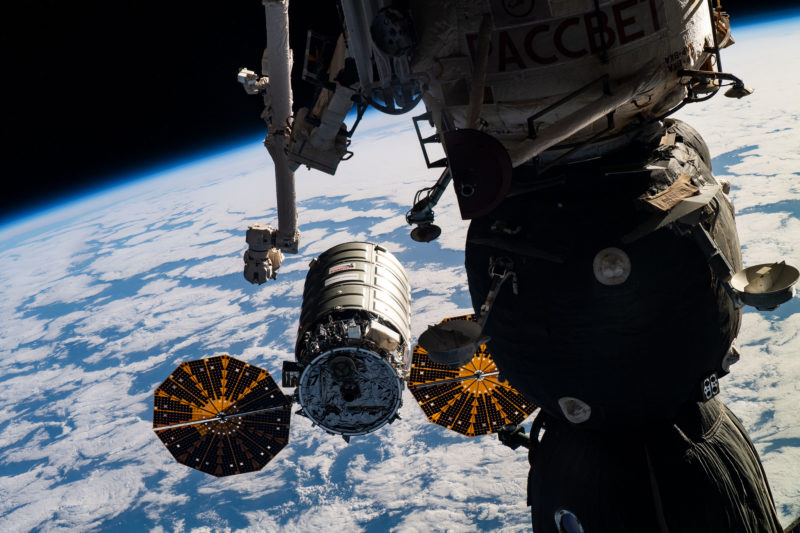
The first-generation computer operated without incident for 615 days, before it was returned to Earth aboard the CRS-17 Dragon in June 2019. It should have come home earlier in 2019, but its stay on the ISS was lengthened due to delays following the October 2018 Soyuz MS-10 high-altitude abort.
In its first incarnation, the Spaceborne Computer functioned near-flawlessly in the peculiar microgravity environment of low-Earth orbit, despite unpredictable levels of high radiation and unique power and cooling conditions. It also achieved the significant milestone of running one teraflop, which equates to more than a trillion calculations in a single second; for comparison, this is over 30 times faster than an average laptop and closely approximates the performance of a ground-based supercomputer.
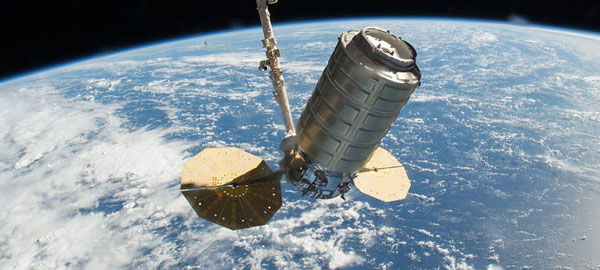
“During a high-radiation event, the software maintains hardware operation by lowering the computer’s power and thus speed,” noted HPE. “Traditional radiation-tolerant hardware is heavy and cannot achieve the same computing power as current supercomputers. However, the use of software to protect hardware results in a space-ready supercomputer that is both light and robust.”
Launching aboard the NG-15 Cygnus, the second Spaceborne Computer will explore how commercial, off-the-shelf systems can process data much more quickly in space with edge computing and Artificial Intelligence (AI) capabilities. “Spaceborne Computer-2 further tests additional techniques for recovering or mitigating errors in the extreme environment of unprotected solar radiation, Galactic Cosmic Radiation (GCR) and other events,” NASA recently explained. It is expected that its second mission will last 24-36 months and the hardware is twice that used previously, filling a pair of ISS lockers.
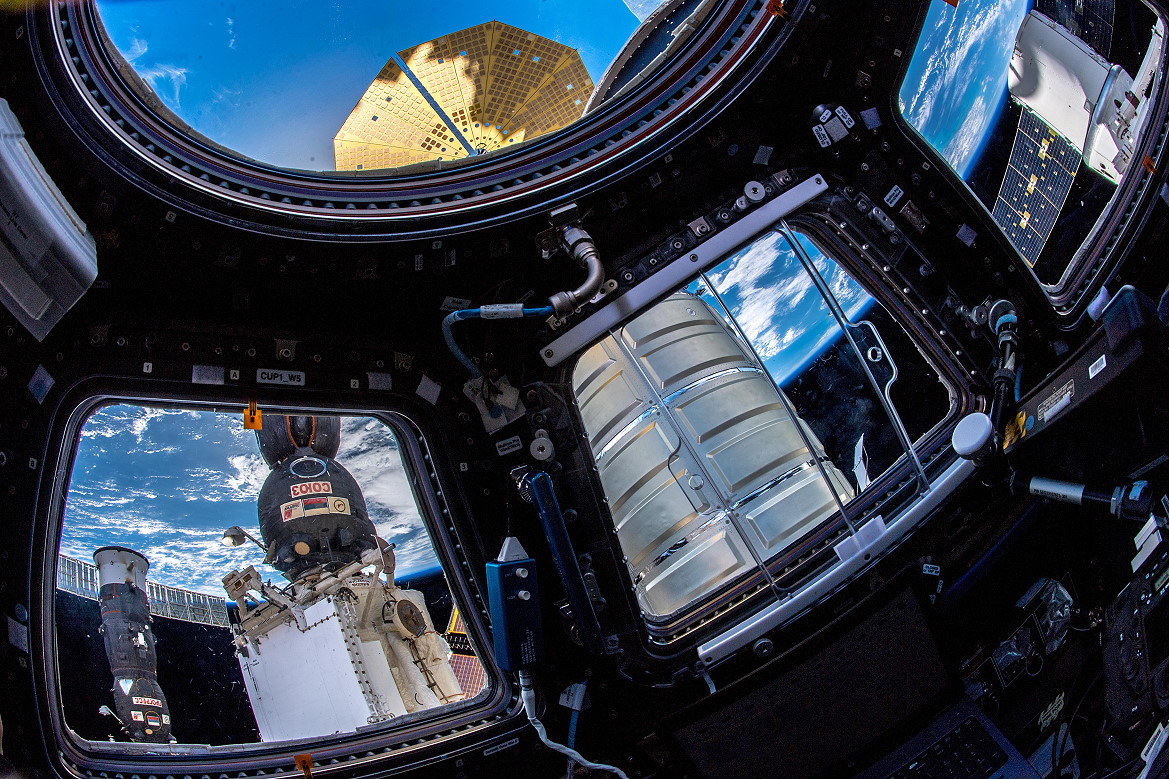
Core objectives for the Spaceborne Computer-2 are to run compute and data-intensive applications in a changeable radiation climate, monitor power consumption and dynamically tune the power consumed and determine the effects of radiation on systems whilst in operation.
Two identical high-performance systems, known as Spaceborne Computer Lockers (SBCs), will reside in a side-by-side Expedite the Processing of Experiments to Space Station (EXPRESS) locker within a space station EXPRESS Rack, whilst two others, known as Earth-Based Computer Lockers (EBCs), will remain on Earth to serve as a “control group” in support of the entire investigation.
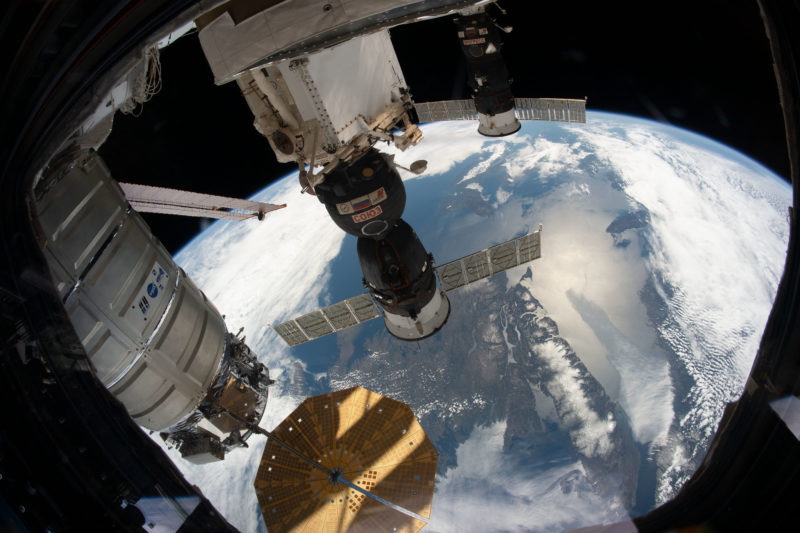
“These identical and duplicate lockers are housed within, operated and monitored by HPE’s engineering department,” NASA noted. “Two lockers provide redundancy and one of each pair remains in a maximum and steady power/performance state for the duration of the investigation, while the other’s performance is dynamically changed by raising and lowering the electrical power settings.”
Elsewhere aboard NG-15 will be a second experiment from retinal implant manufacturer LambdaVision, Inc., of Farmington, Conn., in collaboration with Space Tango, Inc., of Lexington, Ken. Led by Principal Investigators Nicole Wagner and Jordan Greco, the experiment seeks to evaluate a manufacturing system to create artificial retinas in space.
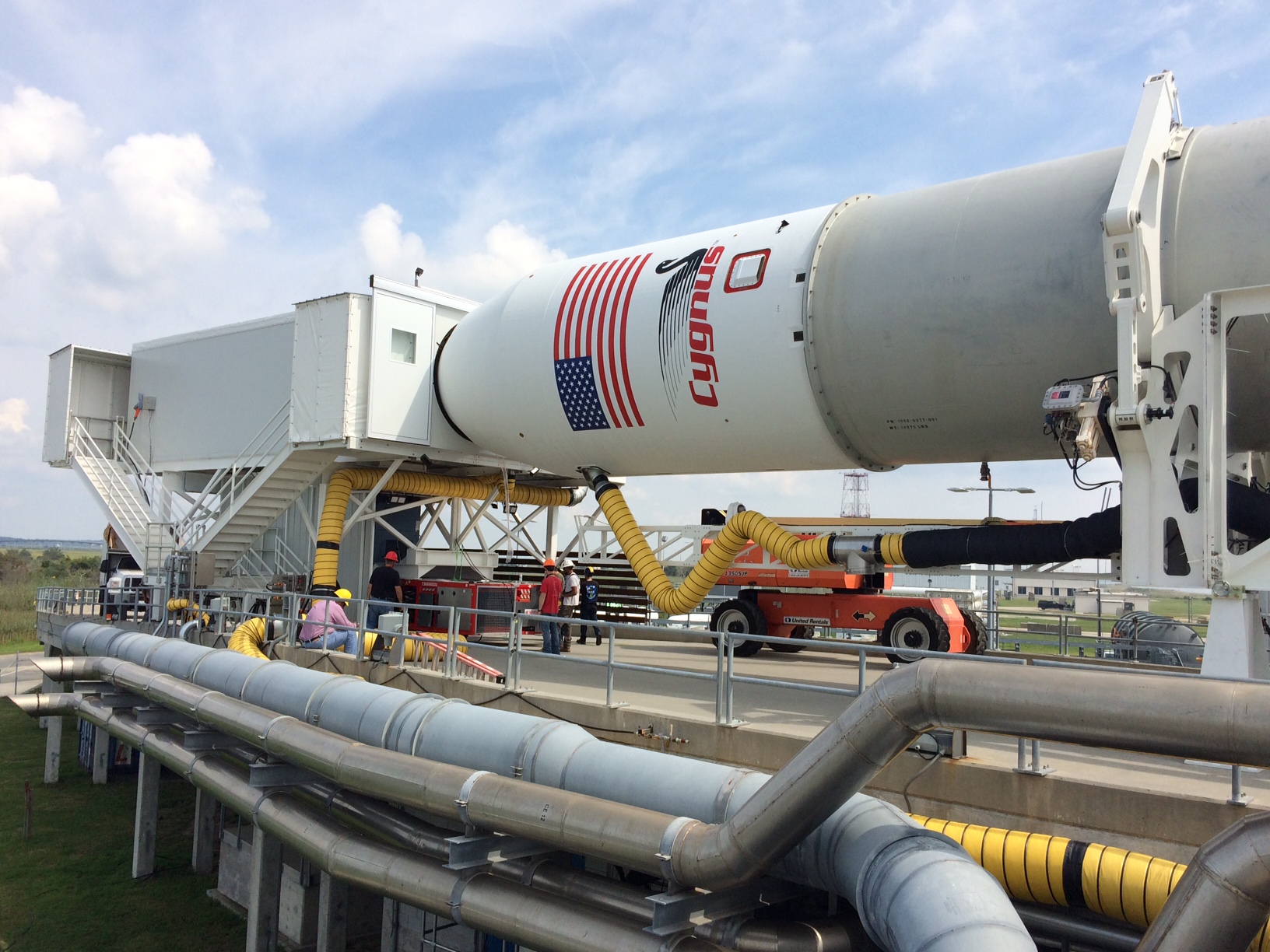
Using a light-activated protein known as “bacteriorhodopsin”, the experiment aims to develop a high-resolution, protein-based artificial retina to restore vision to millions of patients suffering from retinal degenerative diseases, including Age-Related Macular Degeneration (AMD). It is hoped that bacteriorhodopsin will help to replace the functionality of damaged photoreceptor cells and flexible subretinal implants offer a potential for far greater resolution than competing electrode-based technologies.
Additionally, research teams from as far afield as Texas Tech University in Lubbock, Texas, and the UK’s University of Nottingham in Derby are providing an experiment which looks at roundworms to understand whether decreased genetic expression of muscle proteins is associated with decreased strength.
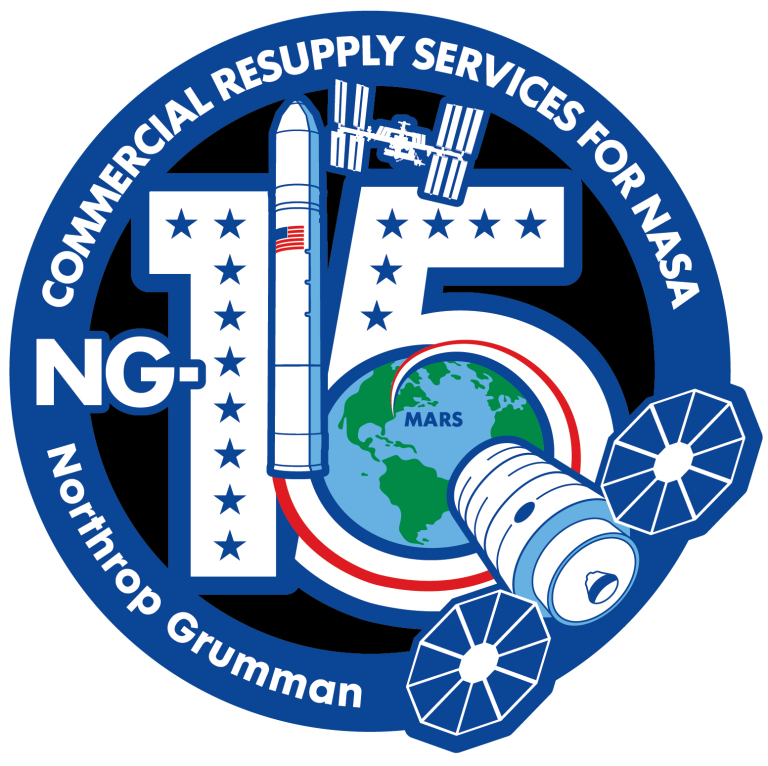
The roundworm selected for this study is Caenorhabditis elegans and it is hoped that it will provide a better understanding of how spaceflight-dependent changes in genetic expression are linked to muscle function and how this might support the development of countermeasures to main astronaut health on long-duration missions into deep space.
In addition to its pressurized payloads, NG-15 includes a number of CubeSats, to be released from the spacecraft via Slingshot and NanoRacks deployment mechanisms. These include DhabiSat, developed by Khalifa University in Abu Dhabi in the United Arab Emirates, and 42 ThinSats as part of a Science, Technology, Engineering and Mathematics (STEM) outreach program for students from the fourth through 12th grades.




